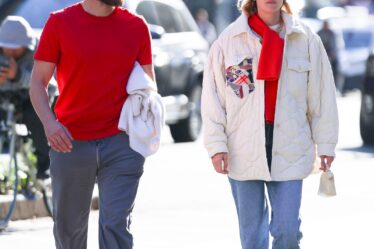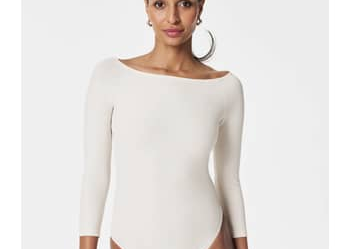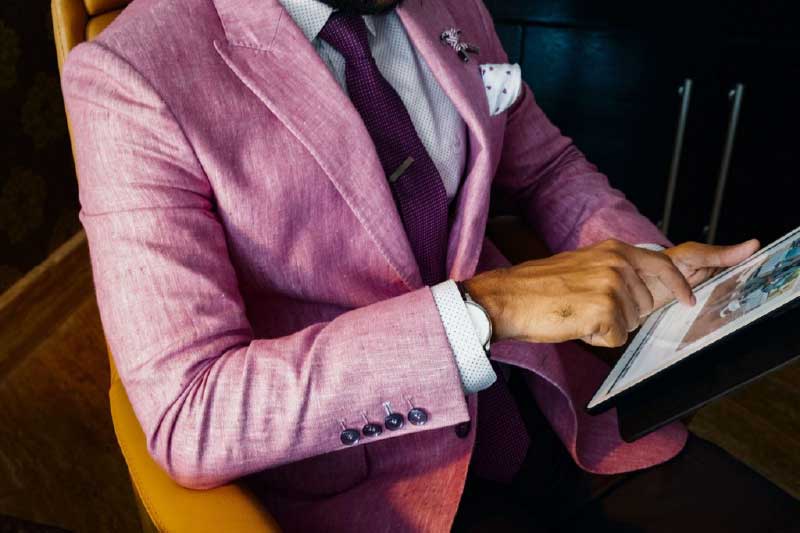
A suit enthusiast’s ears perk up when he hears the phrase “bespoke.” This is due to the term’s connotations. It embodies more than 150 years of the best tailoring money can buy. For the best quality, fit, and style, nothing beats a tailored suit.
In all of menswear, it also seems to serve as one of the most misused and poorly understood phrases. However, the makers of tailored suits have the intention to dispel any ambiguity surrounding the term so that you may make more informed suit purchasing decisions.
Made-to-order suits have become the new trend among celebrities and businessmen alike. Many people are now saying that if it’s off the rack, they just won’t wear it. The reason being is the way the article of clothing hangs off of the body. A custom article of clothing is tailor made to suit your curves and contours. It just doesn’t look right on anyone else, and that is the major selling point of the custom suit.
A bespoke outfit is one that was created nearly entirely by hand using a pattern created specifically for the client by an expert cutter. It always needs many fits and is extensively blanketed. The only machine work is performed on lengthy seams, which include trouser out seams and facings, and is subject to the customer’s wishes, as are its aesthetic elements and, to some extent, overall fit.
Although it isn’t necessary to be crafted by hand, and most tailors don’t believe that this is required to define bespoke, the truth is that it’s likely that a custom suit will need more than 50 hours of manual labor to produce.
The tailor designs the pattern specifically for the client that the suit is being crafted for. That pattern is followed to the letter, usually with hand stitching and over a period of several fittings to ensure that the custom fit is perfect for the client. That pattern is then retired, and another suit with those custom measurements and lines won’t be crafted again.
The Made-to-order Process & Lead Time
If you’re in the market for a bespoke suit, you might be asking, “what is the turnaround time for a tailored suit? How does the procedure at Vancouver Senator Bespoke work?
Bespoke suits take a while to produce, therefore they are not for people who want results right now. It’s very usual for the procedure to take at least three months to complete, especially if you’re a new client of the company you’re doing business with. Wait times are typically less for repeat clients whose tendencies are known.
It is extremely amazing to go through the customized procedure.
Yes, it takes a while, but in the end, you join a centuries-old menswear tradition. You join a select group of men who include guys from the heyday of Hollywood, real-life monarchy, business moguls, and other illustrious individuals.
Additionally, if you have a hard-to-fit body shape, going custom could be your only option for finding something that actually fits you well. The trend of athletes, who can’t usually find a great fitting suit because of their height or shoulder size, being seen in customized suits is because of this very fact. Nothing flatters a larger than average guy like a suit that was made to flatter a larger than average guy.
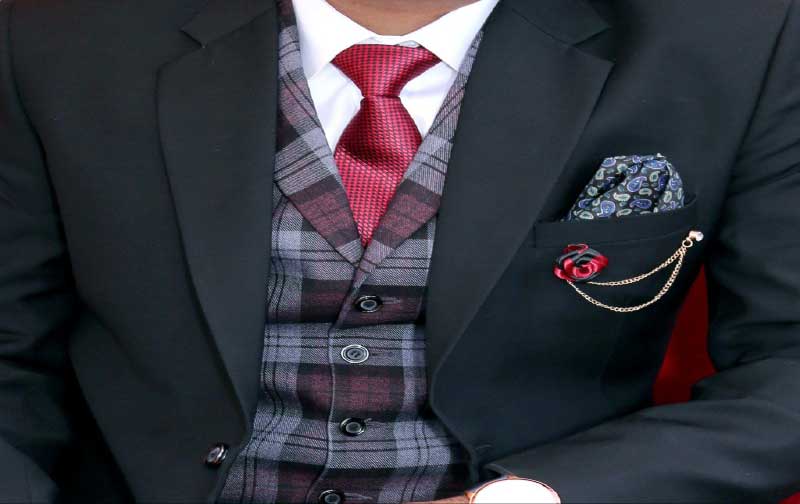
Why So Many Fittings?
There isn’t usually a predetermined minimum or maximum for fittings when designing bespoke suits. Without a succession of fittings, it is difficult to attain the exact fit that is characteristic of bespoke suits. Having said that, these three remain the most typical:
Scrap Fit: Second fitting acts as the paper pattern’s initial test.
A prototype of your suit, or occasionally only the coat, is constructed out of “scrap” fabric, which is inexpensive material that is utilized so that the expensive fabric you choose won’t be cut before the measurements are more precise.
Everything and anything may be adjusted at this point.
Basted Fit: A few weeks following the scrap fitting, a mid-stage fitting known as a “basted fitting” occurs. By this time, your fabric has been manually put together utilizing white basting thread. At this point, everything is still modifiable.
Forward Fit: The forward fitting is the final try-on before the final delivery of the garment. The garment is nearly completed, yet it could need a few tiny adjustments to be perfect.
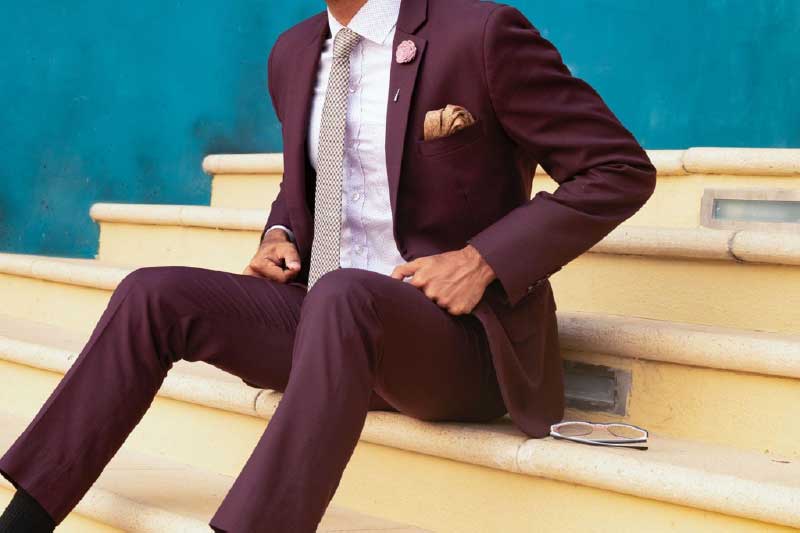
What Is The Price Of A Made-to-order Suit?
Made-to-order outfits are not inexpensive. The possibilities are endless, but admittance to the bespoke suit club certainly is not free. An entry-level bespoke item often costs over $2000, but if you want a handcrafted three-piece suit in a high-end, specialty fabric, you might possibly pay over $10,000.
What’s the difference between custom and tailored?
Although the differences aren’t readily obvious to many who aren’t designers or die hard fans of the custom suit, bespoke as well as tailored suits have many similarities, but there are also significant variances.
Both creation techniques make use of a custom pattern made only for the customer, allowing for the highest level of customization just in the term of aesthetics.
However, tailored outfits don’t need multiple fittings and don’t have the same restrictions on handiwork. While hand-padded lapels along with hand-sewn buttonholes are required for bespoke suits, these tasks may be automated for custom suits.
Therefore, as you might expect, tailored suits cost a little less than their bespoke equivalents. Despite this, they continue to be expensive since they are lifetime investments in high-quality clothing. The small differences though, they really make the ultimate decision in how the suit is going to flatter you. If you have the money to get custom suits made, you have the money to go bespoke.
Even though the details might not seem like such a big deal at the time that the look is being created for you, you’ll notice these details over and over again for the life of the garments. Go ahead and spend the little extra and be certain that it is something you’ll love to wear every single time you put it on.


